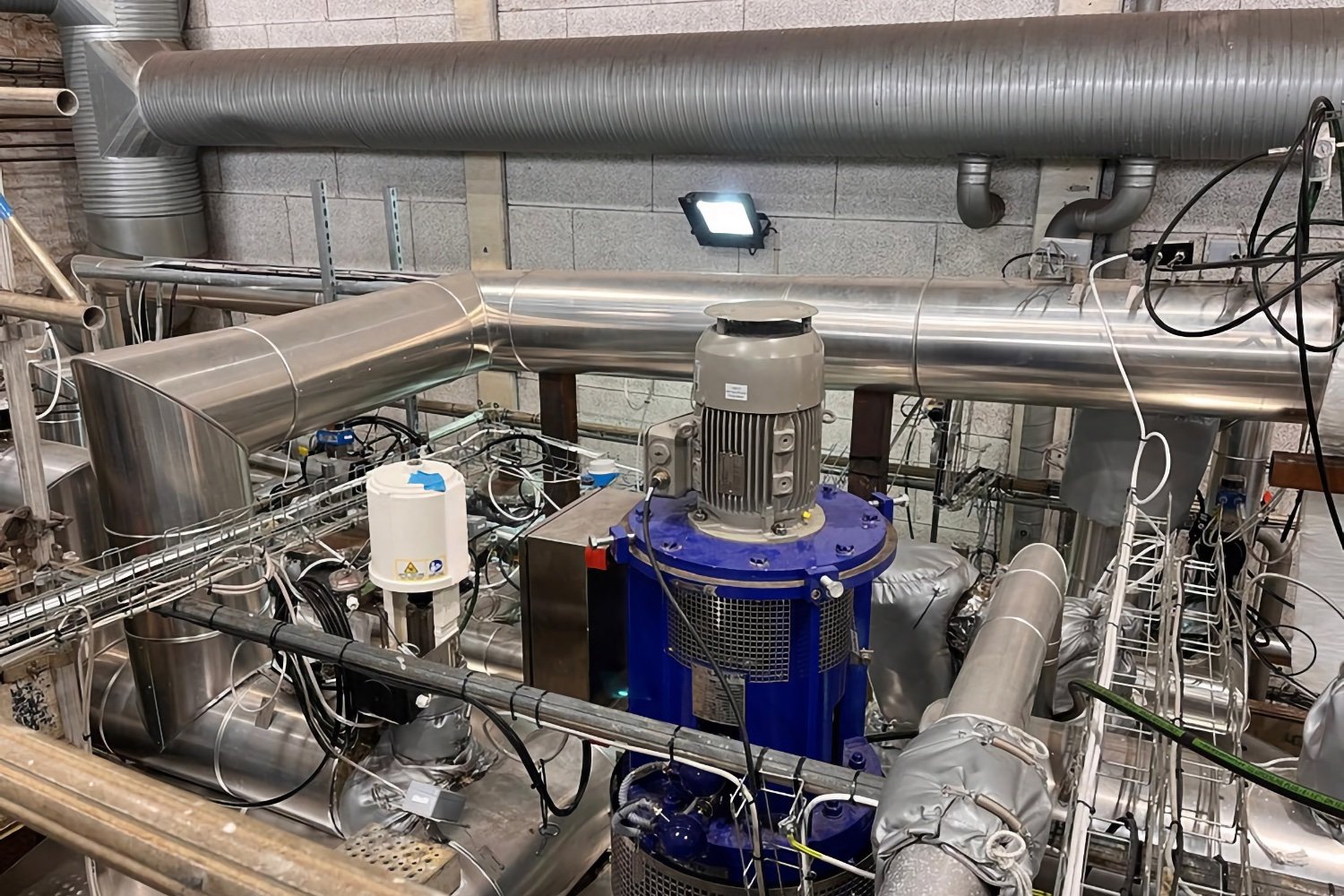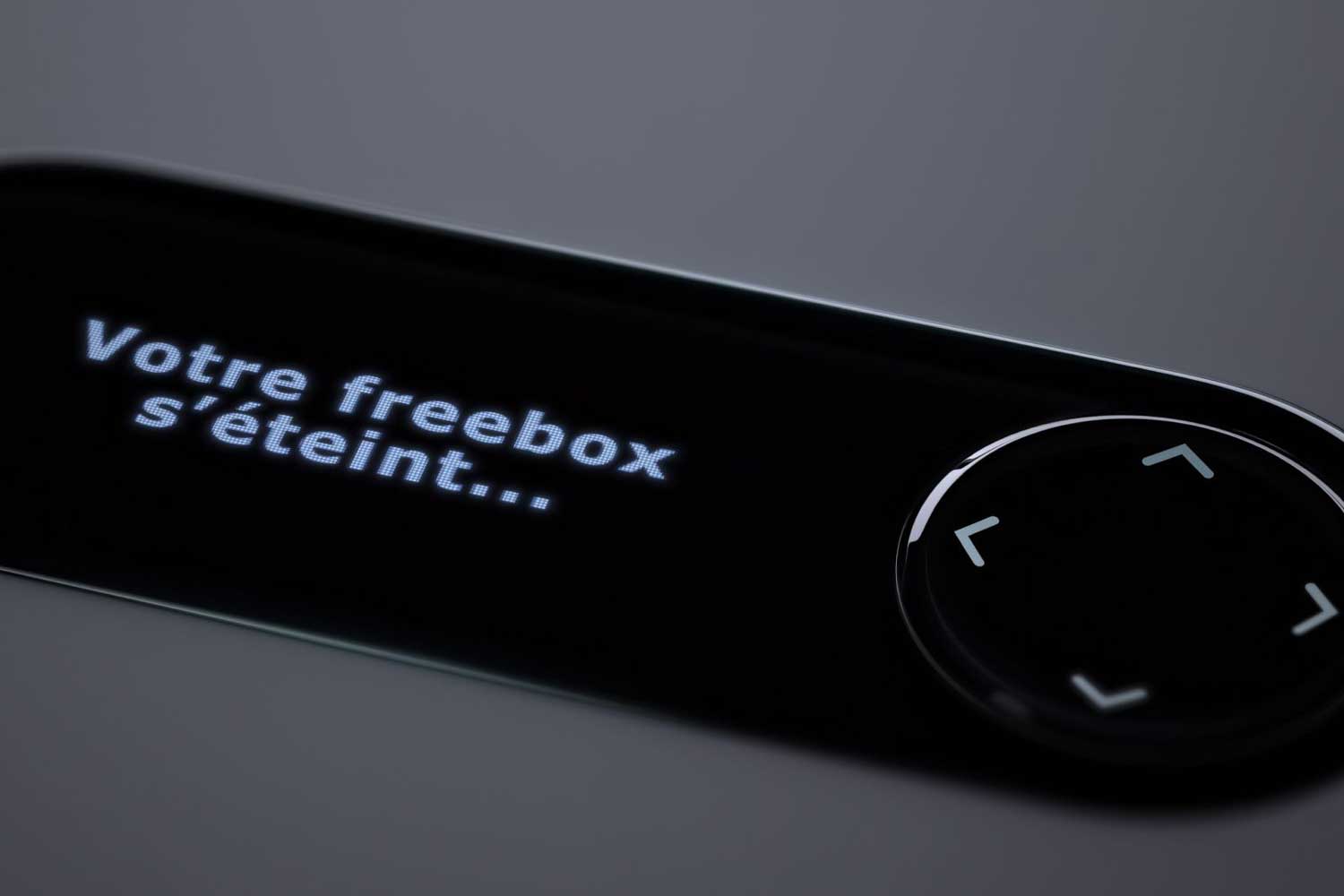Storing the energy when the sun shines or the wind blows, to reuse it later, remains a puzzle. What if the solution came from salt? It is the bet of Hyme Energy, a Danish start-up, which has teamed up with Sulzer, Swiss specialist in fluid pumping. Together, they develop a thermal storage system based on melted hydroxidal salt, a cheap residue from the chlorine industry.
A thermal battery that keeps heat for two weeks
Concretely, the electricity stores from the electricity from renewable sources and transforms it into heat, which increases the temperature of the salt up to 600 ° C. This heat can be kept up to two weeks in large tanks. When you need energy, heated salt is used to produce steam, which is used to power electric turbines or directly heat industrial installations.
Hyme announces up to 90 % efficiency for thermal uses, between 80 and 90 % for cogeneration, and around 40 % for electricity production alone. All with a planned capacity of 1 GWh, enough to feed 100,000 households for 10 hours. Not bad for a product that we recover at low prices in the chemical industry.
The project is no longer at the PowerPoint stadium. In April 2024, Hyme and Sulzer put into service a pilot site called Moss, Esbjerg, Denmark. This demonstrator validated the feasibility of storage in melted salt at very high temperature. Result: the two partners go to the next stage, with a 200 MWh project in Holstebro, still in Denmark.
This new installation will be used by Arla Foods, a Danish-Swedish dairy group, which could save around 3 million euros per year on its industrial heating costs.
Sulzer, for its part, takes advantage of its experience in the development of pumps for melted salt, already tested in solar power plants in China. “” We are now working on system optimization and the implementation of a real logistics chain “Explains Benoît Martin, engineer at Sulzer. For Ask Emil Løvschall-Jeansen, CEO and co-founder of Hyme, the partnership is obvious: “ Working with established companies like Sulzer, it helps us go faster and get the techno out of the lab. »
A simple system, rather rustic, but potentially very useful to stabilize the electrical network. And above all, a solution that does not require rare materials or complex batteries. Salt, heat and a little ingenuity.
🟣 To not miss any news on the Geek newspaper, subscribe to Google News and on our WhatsApp. And if you love us, .












